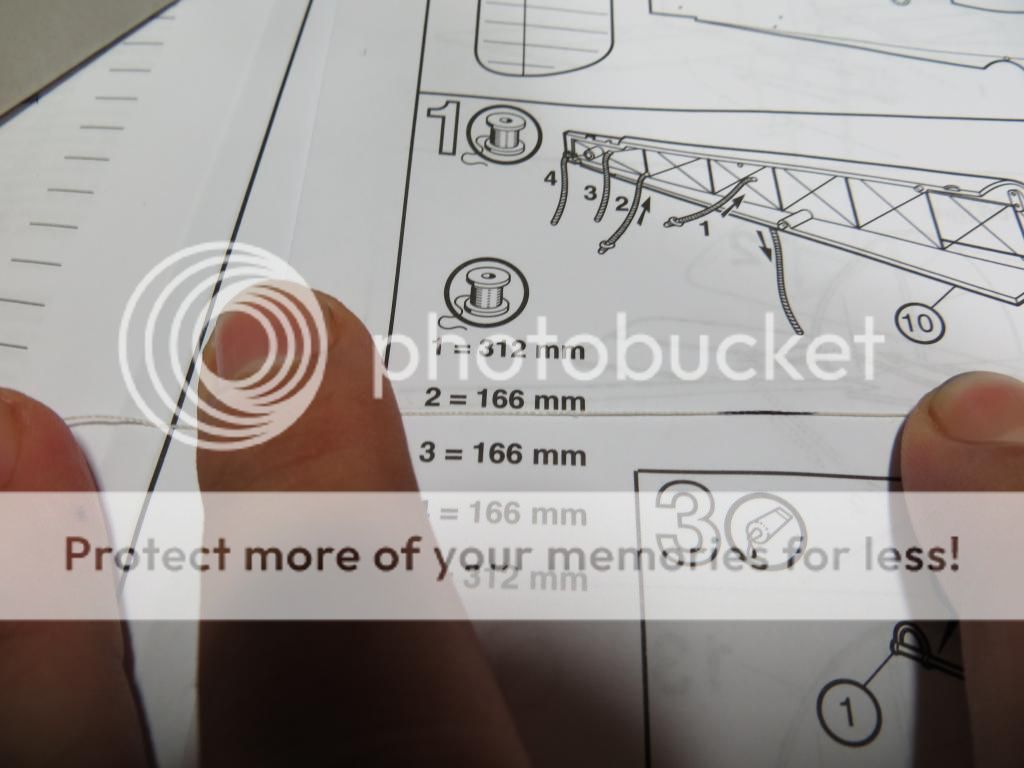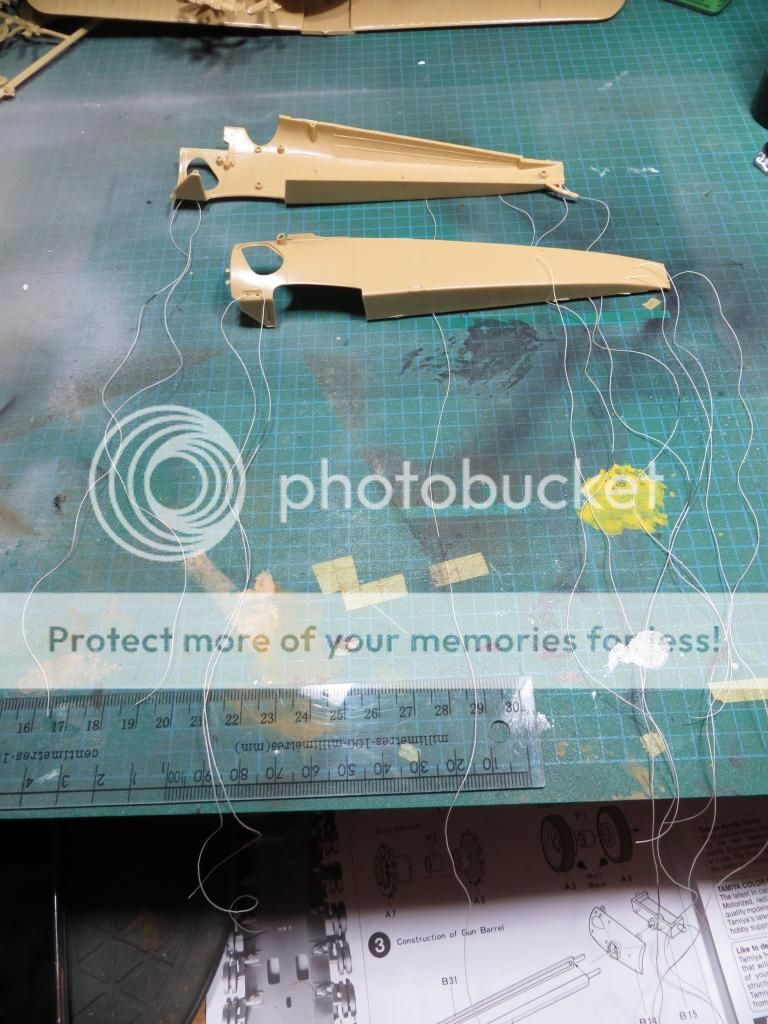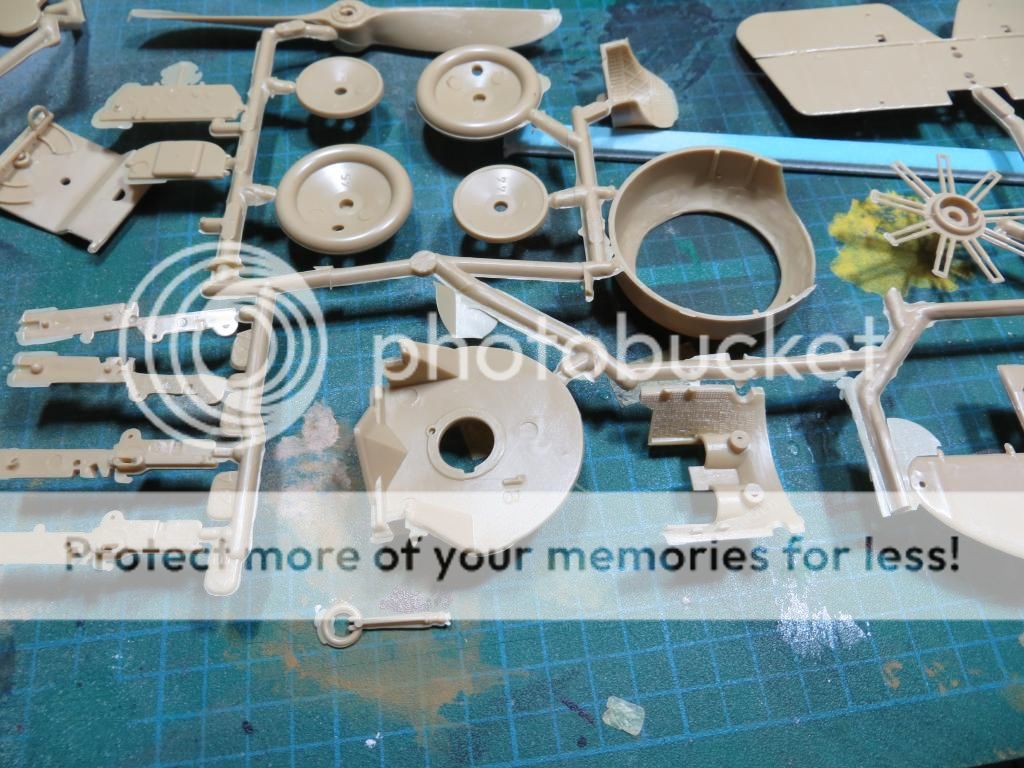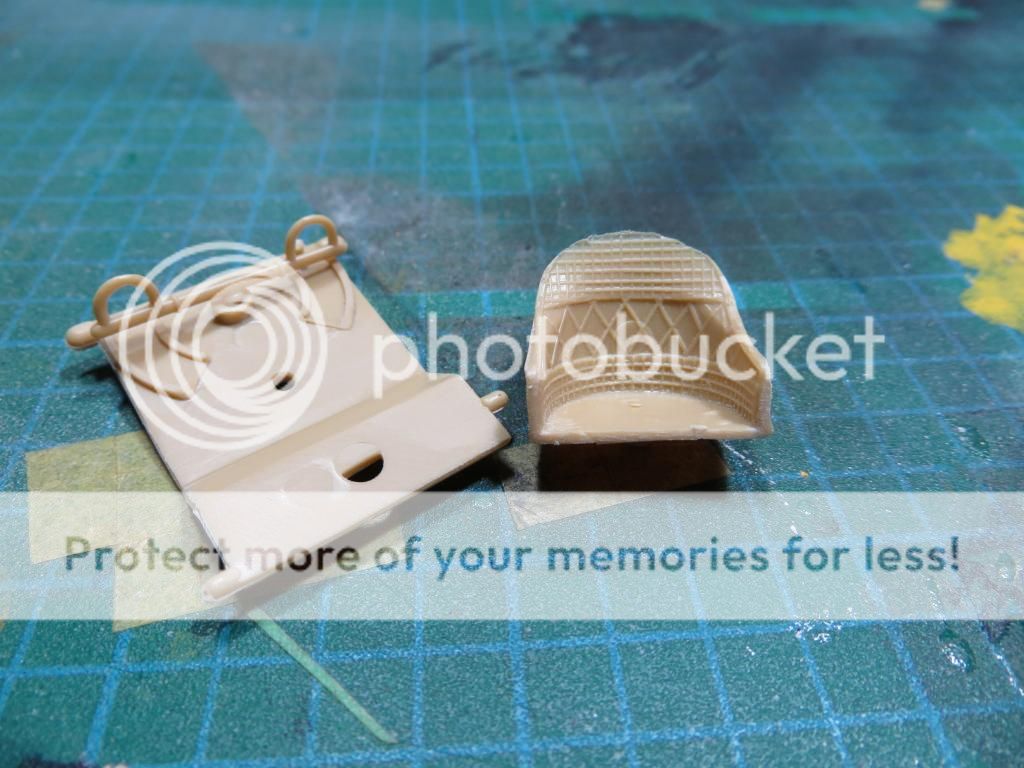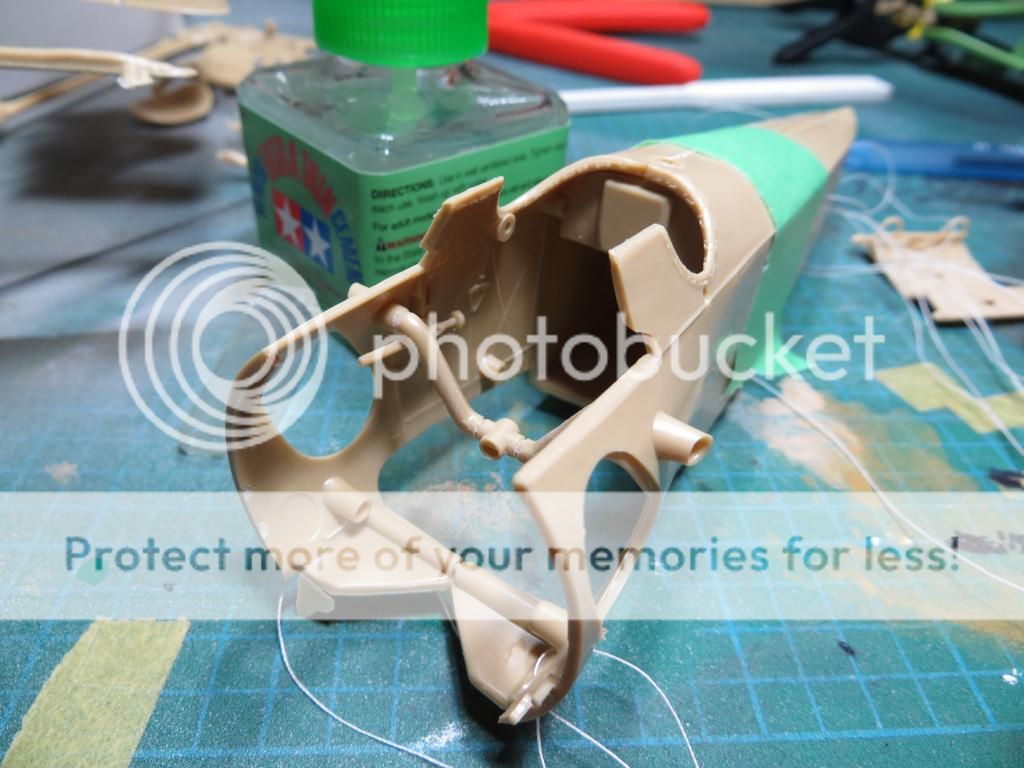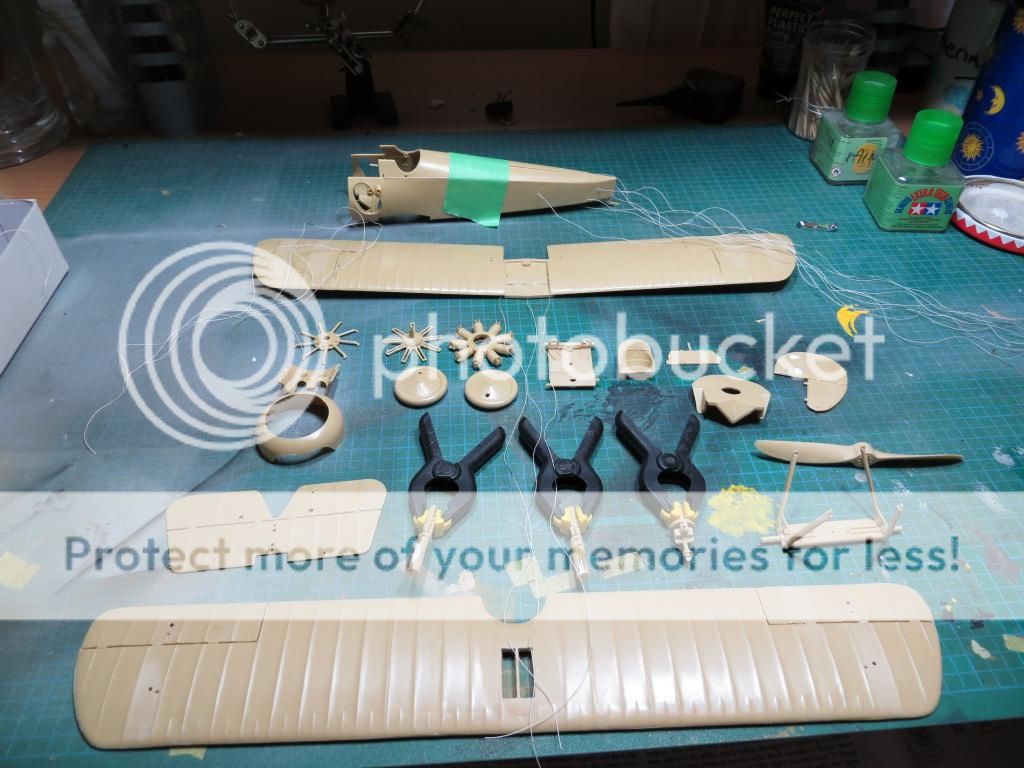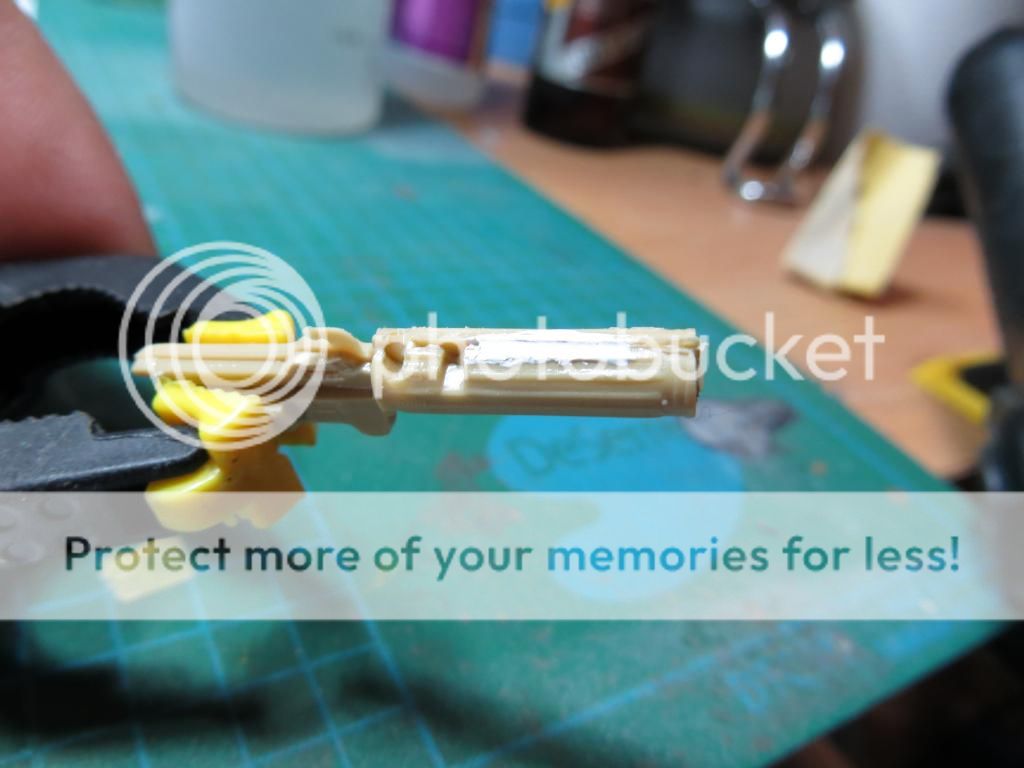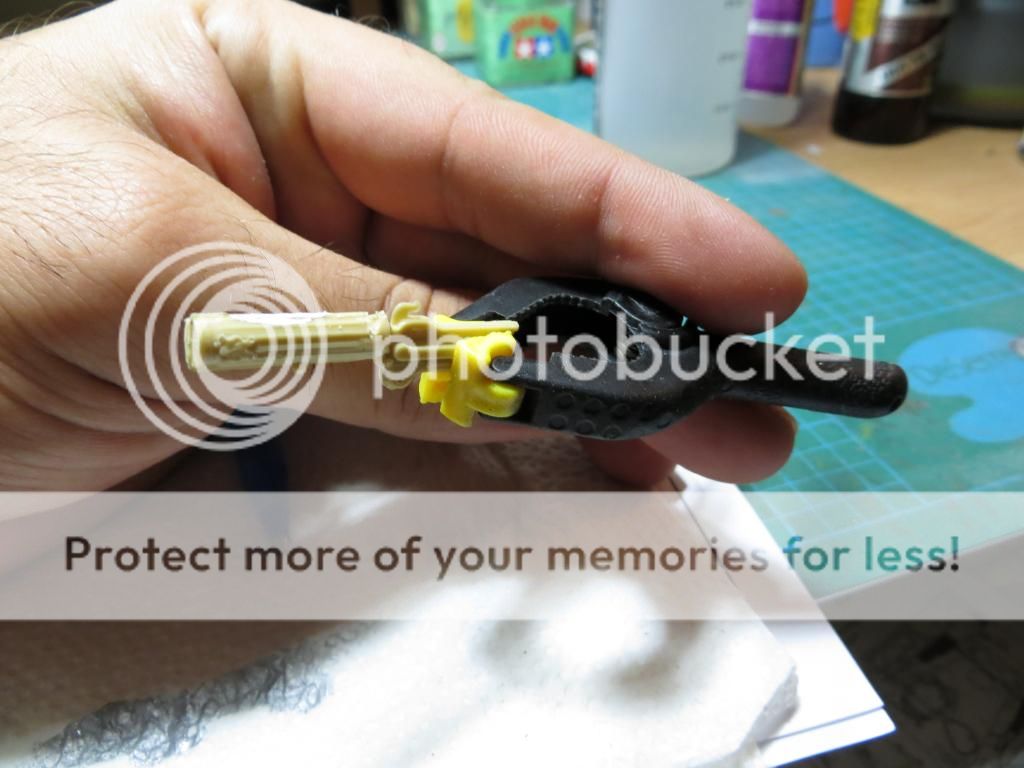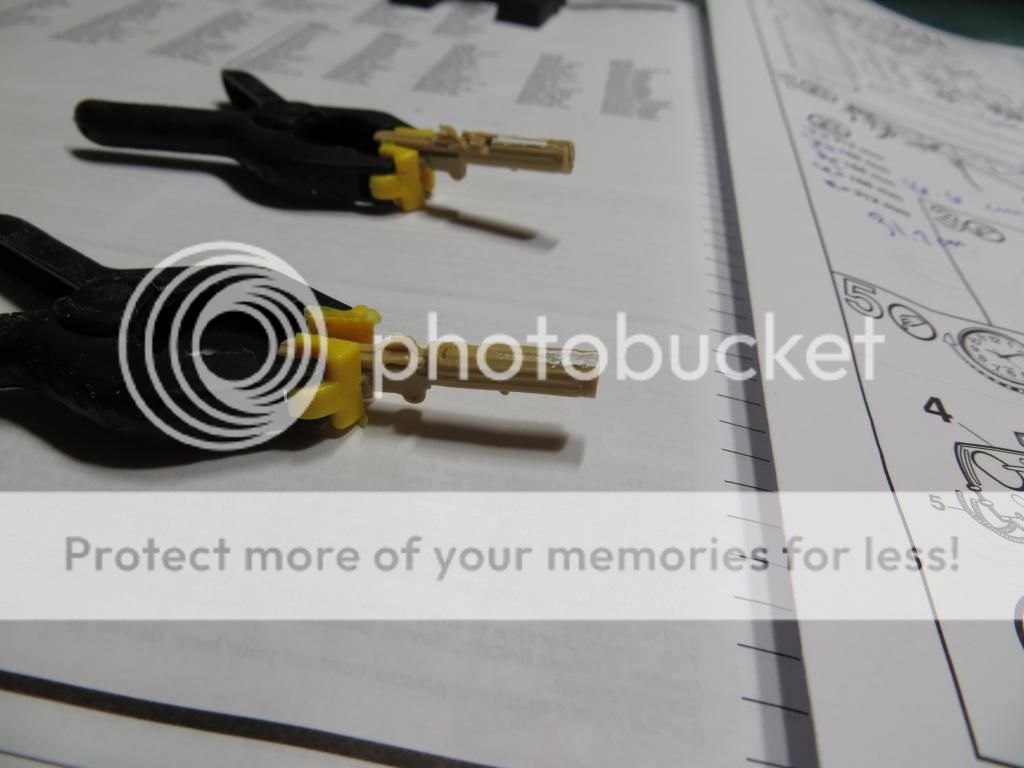This just made it's way to me, and now, it's time for it to make it's way to you!
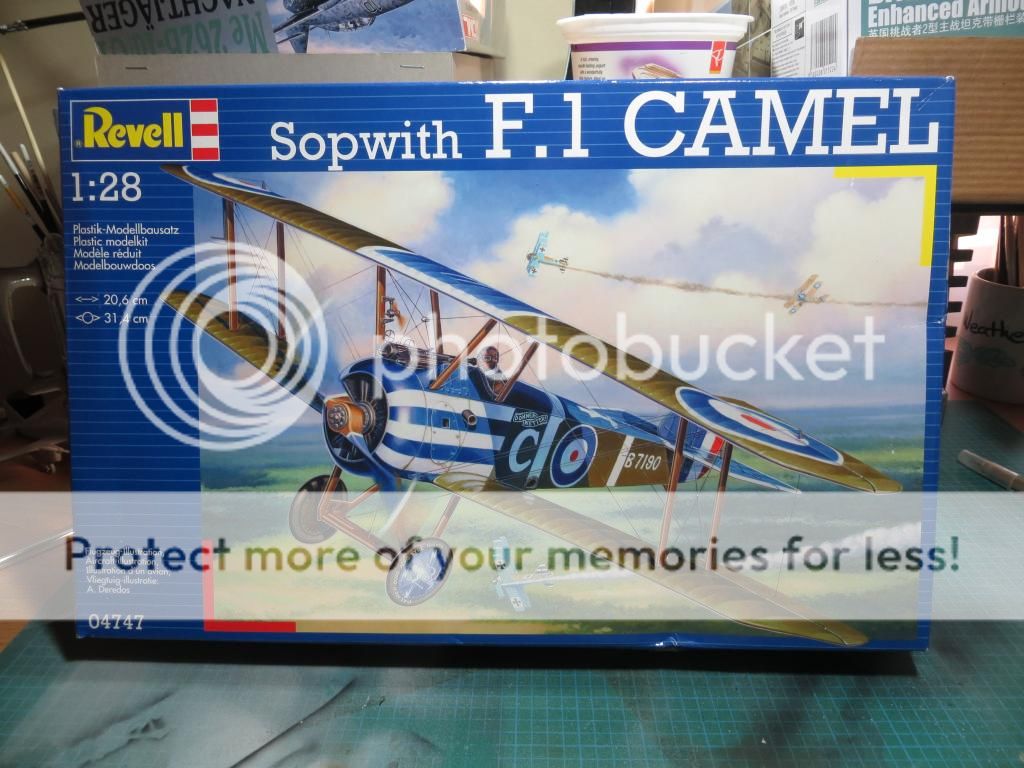
The Sopwith Camel was a British First World War single-seat biplane fighter introduced on the Western Front in 1917. Manufactured by Sopwith Aviation Company, it had a short-coupled fuselage, heavy, powerful rotary engine, and concentrated fire from twin synchronized machine guns. Though difficult to handle, to an experienced pilot it provided unmatched manoeuvrability. A superlative fighter, the Camel was credited with shooting down 1,294 enemy aircraft, more than any other Allied fighter of the war. It also served as a ground-attack aircraft, especially near the end of the conflict, when it was outclassed in the air-to-air role by newer fighters.
First flight 22 December 1916
Introduction June 1917
Retired January 1920
Primary users Royal Flying Corps
Royal Naval Air Service
Royal Air Force
Number built 5,490
Intended as a replacement for the Sopwith Pup,[2] the Camel prototype was first flown by Harry Hawker at Brooklands on 22 December 1916, powered by a 110 hp Clerget 9Z. Known as the "Big Pup" early on in its development, the biplane design was structurally conventional for its time, featuring a box-like fuselage structure, an aluminium engine cowling, plywood-covered panels around the cockpit, and fabric-covered fuselage, wings and tail. For the first time on an operational British-designed fighter, two .303 in (7.7 mm) Vickers machine guns were mounted directly in front of the cockpit, firing forward through the propeller disc with synchronisation gear. A metal fairing over the gun breeches, intended to protect the guns from freezing at altitude, created a "hump" that led to the name Camel.[2] The bottom wing was rigged with 3° dihedral but the top wing had no dihedral, so that the gap between the wings was less at the tips than at the roots. This was done at the suggestion of Fred Sigrist, the Sopwith works manager, in order to simplify construction.
By mid-1918, the Camel was becoming limited, especially as a day fighter, by its slow speed and comparatively poor performance at altitudes over 12,000 ft (3,650 m). However, it remained useful as a ground-attack and infantry support aircraft. During the German offensive of March 1918, flights of Camels harassed the advancing German Army, inflicting high losses (and suffering high losses in turn) through the dropping of 25 lb (11 kg) Cooper bombs and ultra-low-level strafing. The protracted development of the Camel's replacement, the Sopwith Snipe, meant that the Camel remained in service until the Armistice.

Anyone know a good 'blue' for this? It sais 'ultramarine blue', I'm assuming by Revell... what would a Vallejo, MM, or Tamiya replacement be?
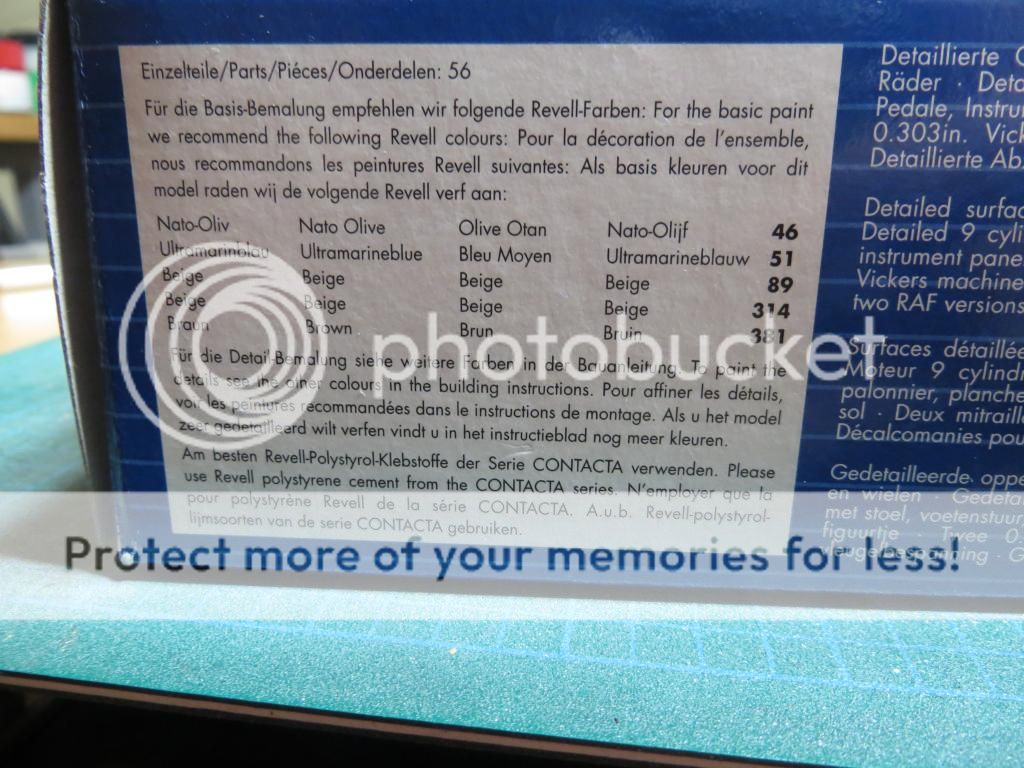
All the party and pieces, looks like a good, but old kit. this will be my first attempt with rigging.
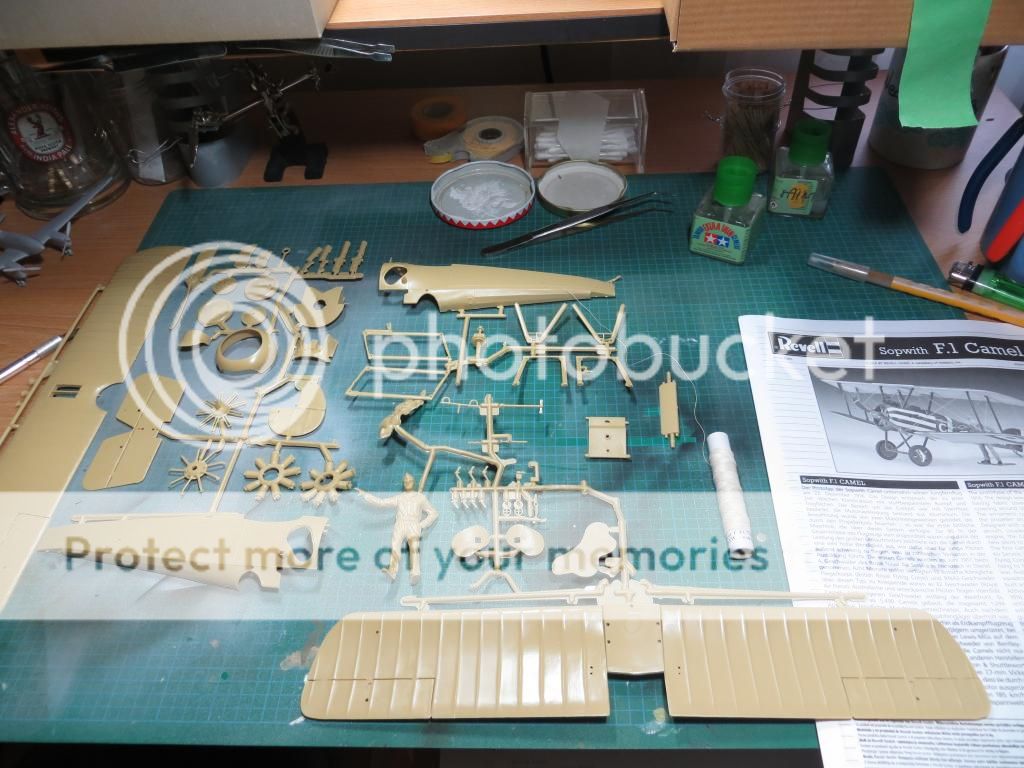
Hey, bud! What's up. Stop flashing me! Argh!
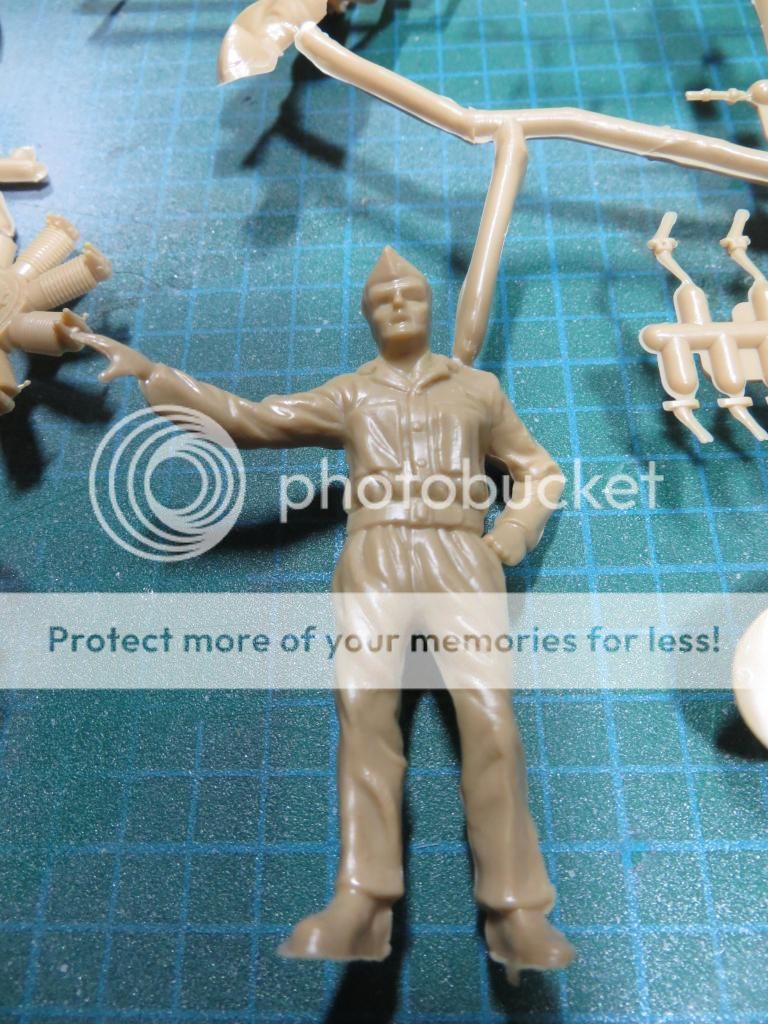
My doom...
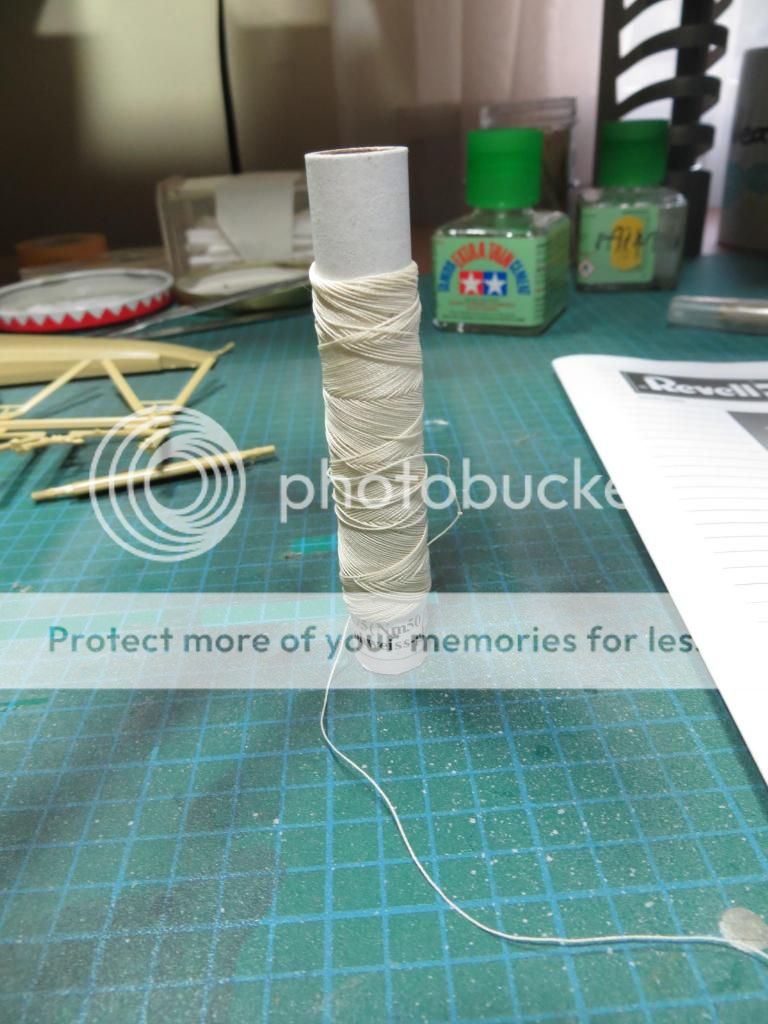
Les instructions...
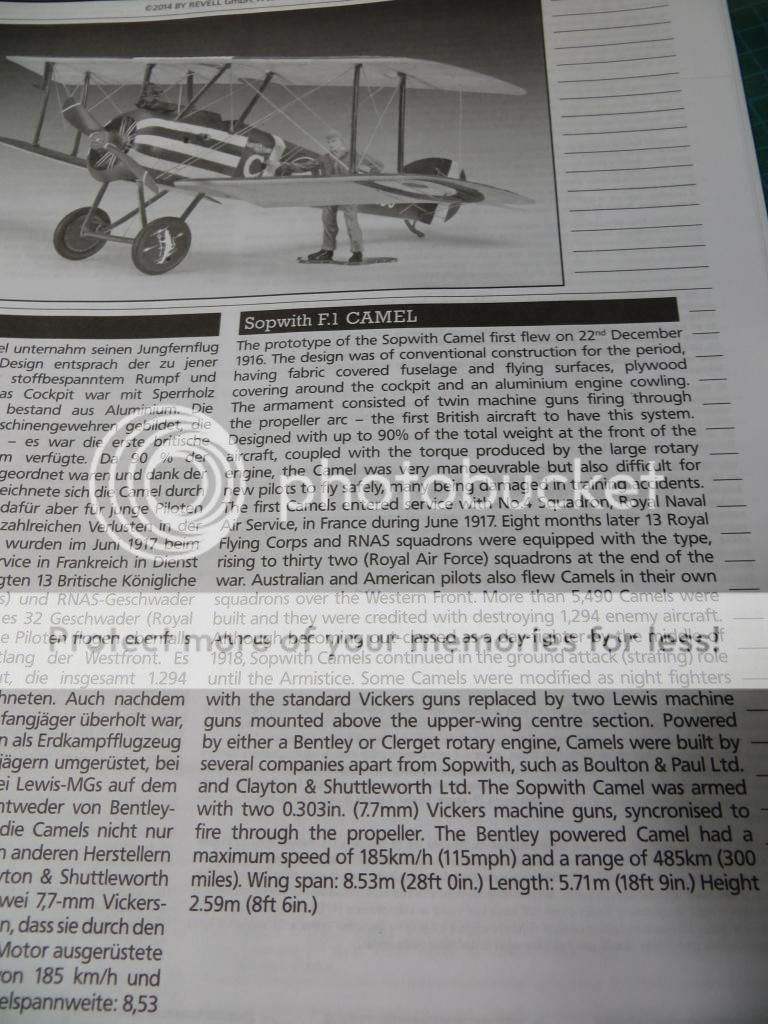
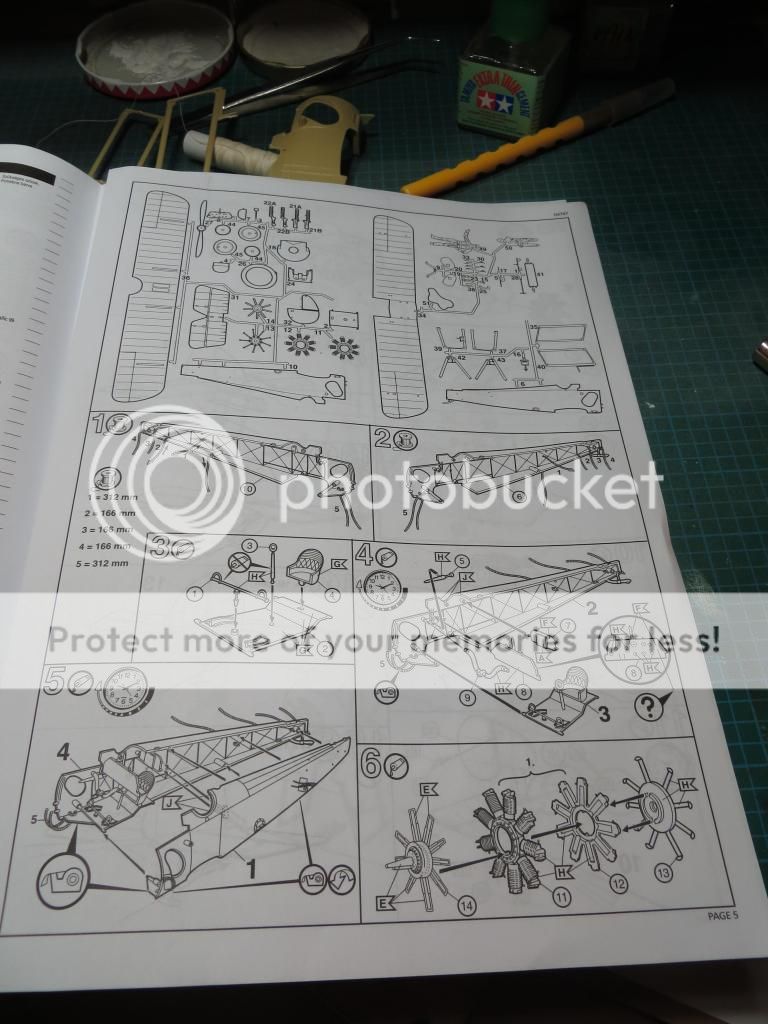
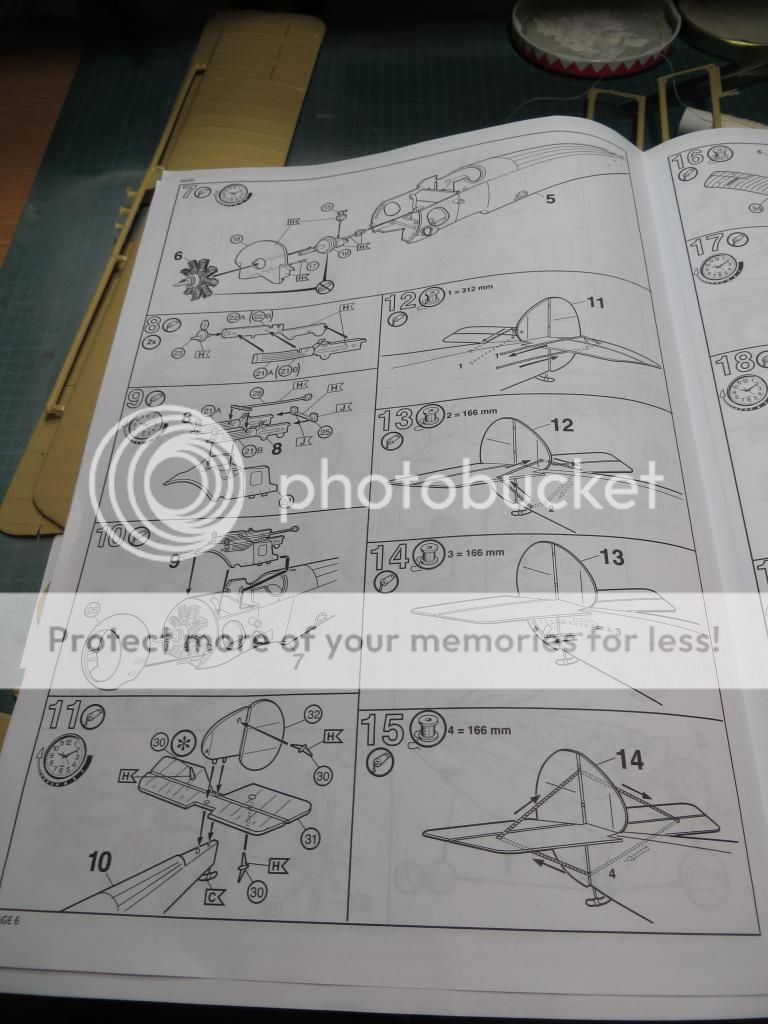
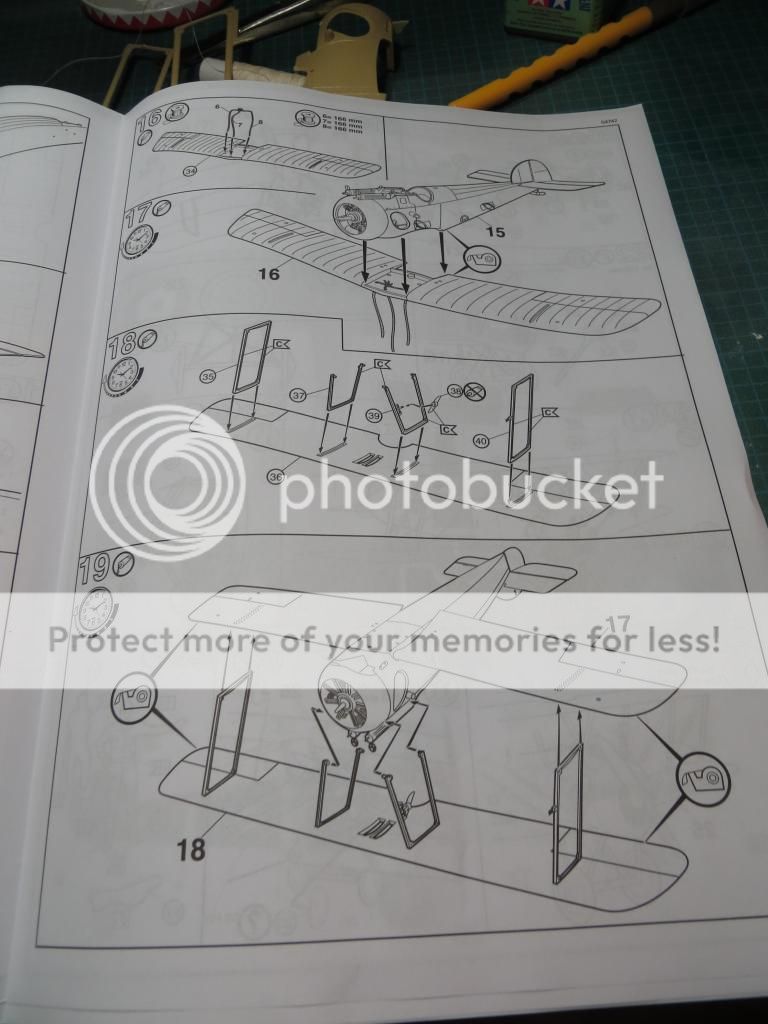
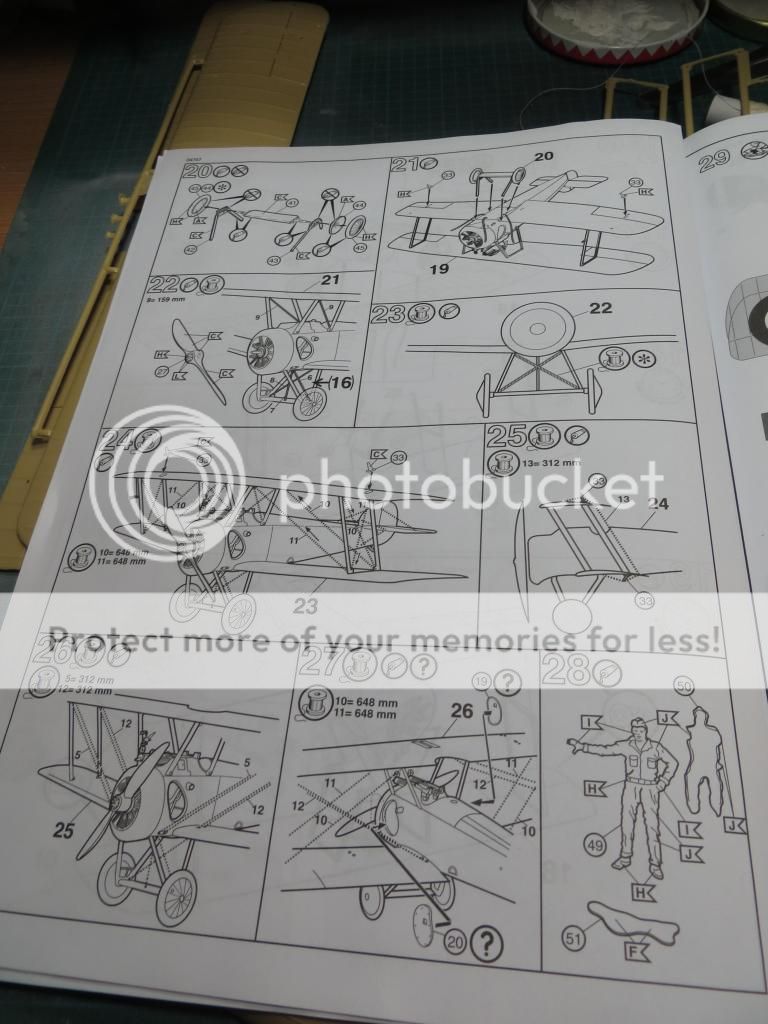
Paint job.
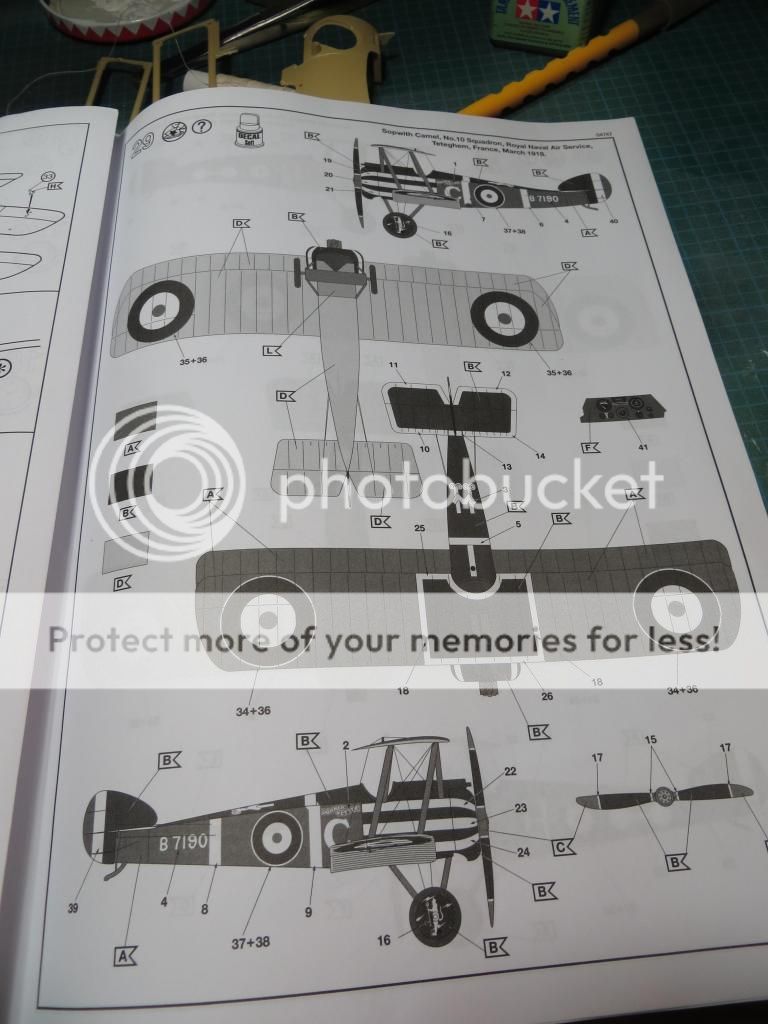
I'm going to get started in the next couple of days. Gotta get some 'wood' paint first. If anyone has a good link to a wood tutorial or something, that would be stellar!




